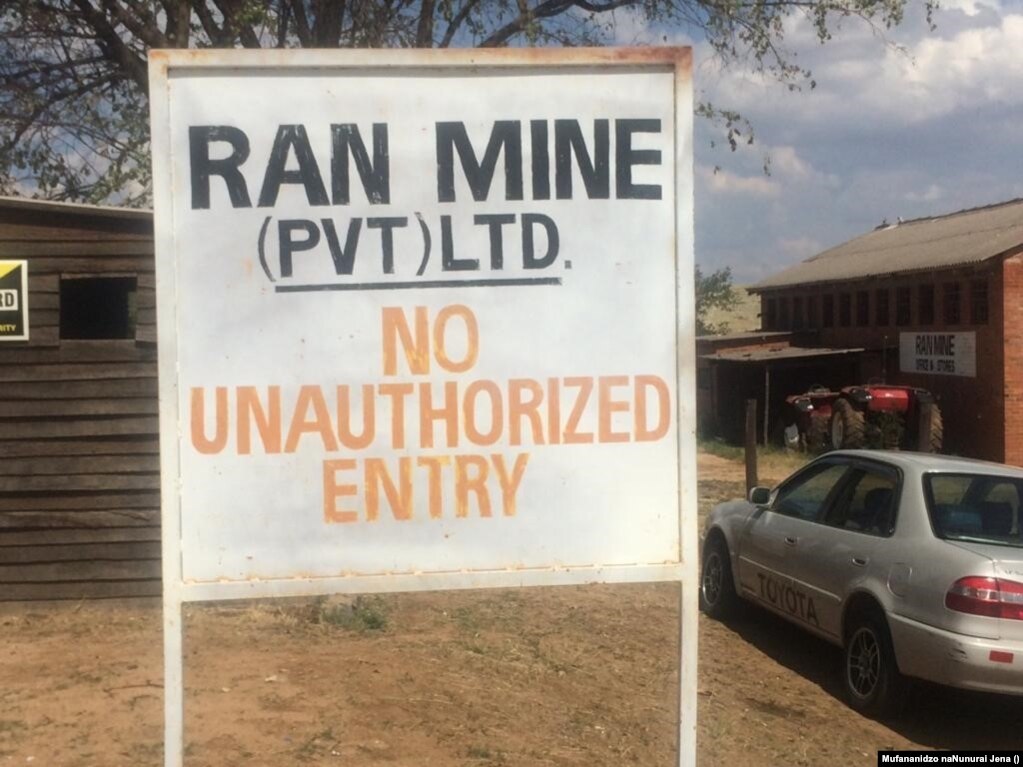Bindura-based gold miner, Ran Mine, is preparing to significantly boost its production capacity as part of its ongoing expansion efforts to increase its ore processing capacity from the current 16,000 tonnes to 30,000 tonnes per month, a recent monitoring report by the Ministry of Mines and Mining Development shows.
By Rudairo Mapuranga
The expansion project, which aims to enhance the mine’s output and efficiency, involves the installation of additional crushers, a ball mill, and leach tanks. This upgrade is expected to substantially improve the mine’s gold production, which currently stands at an average of 15kg per month, processed via the Carbon-In-Leach (CIL) method.
“Our goal is to double our processing capacity to 30,000 tonnes per month,” the report from the Mining Development Directorate states. The project will also enable the mine to process all of its smelting requirements in-house, moving away from the current arrangement, where only 40% of smelting is done internally, with the remainder handled by a third party.
Ran Mine has been in operation since 2021, utilizing an open-pit mining method to extract gold from ore with an average grade of 2g/t. The mine has a current life of 10 years and employs 150 workers, 123 of whom are permanent employees, with the rest on fixed-term contracts. The report highlights that the ongoing expansion will increase production efficiency and create additional employment opportunities in the long term.
However, the mine faces several challenges that could impact its future operations. The report highlights concerns over the mine’s existing tailings storage facility, which is nearing capacity and has only 100 days of remaining lifespan. Plans to construct a new tailings facility have been delayed due to the gazetting of certain mining claims, which must be transferred to Zimbabwe Ezekiel Guti University (ZEGU), including the site designated for the new storage facility.
“Without a new tailings storage facility, the mine will be forced to cease operations once the current one reaches capacity,” the report warns.
In addition to the tailings issue, load shedding has negatively impacted the mine’s productivity, with the processing plant operating at only 80% capacity due to power outages. The increased reliance on generators during load-shedding periods has led to a rise in operational costs, further complicating the mine’s cost structure.
Despite these challenges, Ran Mine’s expansion project is expected to bolster the mine’s production in the near future, positioning it as a key player in Zimbabwe’s gold sector. The successful implementation of these developments will be crucial in maintaining the mine’s viability and ensuring continued growth in the region’s mining industry.
.png)




